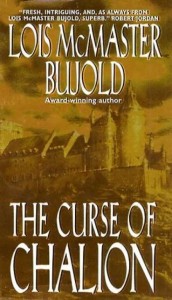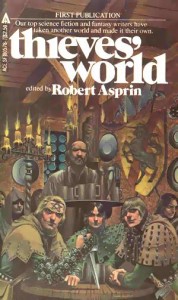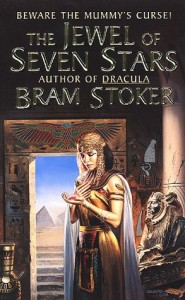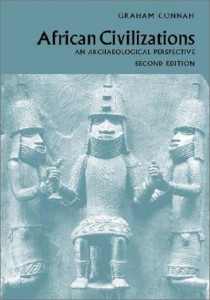 I picked up this book as the fifth book of a “five for 5 dollars” deal at a used bookstore. I had the vague feeling that I’d heard of the author, Lois McMaster Bujold, before, but had no expectations about the book.
I picked up this book as the fifth book of a “five for 5 dollars” deal at a used bookstore. I had the vague feeling that I’d heard of the author, Lois McMaster Bujold, before, but had no expectations about the book.
I have an uninformed prejudice against modern (80’s and later) fantasy, so The Curse of Chalion was a pleasant surprise. It’s definitely post-Game of Thrones (lots of court intrigue, and — the big tipoff — knights are called “ser”) but it fits in one regular-sized book and it’s not quite as horrific.
At one point, a character gains the ability to see ghosts, and discovers that they’re everywhere. They’re constantly trying to communicate with the living, but only “saints” can see them.
applying this to your game
D&D 4e cosmology has it that that when anyone dies, they spend a few days or weeks “nearby” before they (mostly) journey on to their final resting places. Imagine if these days are weeks are spent as ghosts, able to observe but not affect the living world. The day after a battle, thousands of ghosts are wandering the battlefield. Meanwhile, dozens of ghosts are ineffectively trying to warn people away from a witch’s house.
What if a character gains the ability to see ghosts? Maybe he or she can do so only when close to death – only when bloodied, for instance. In this case, vital information might only become available halfway through a battle. Outside of battle, the character would have to spend healing surges to conduct spirit research.
What if funeral rituals are the only way to give peace to the dead and prevent undead? Adventuring clerics suddenly gain a lot more importance in the game world. They are the only people who can journey to the dangerous places in the world and perform the burial rituals that release trapped spirits. Perhaps the ability to see spirits when bloodied becomes a clerical class feature, as does the ability to release a spirit from its body.
The ghosts seen by a cleric will have different goals. Most will try to lead the cleric to their bodies so that the cleric can perform a funeral ritual. Some, evil ghosts, will try to lure the cleric into danger or ambush.
Imagined this way, clerics are the ultimate healers: they heal your body while you’re alive, and then they heal your soul’s sickness once you’re dead.













